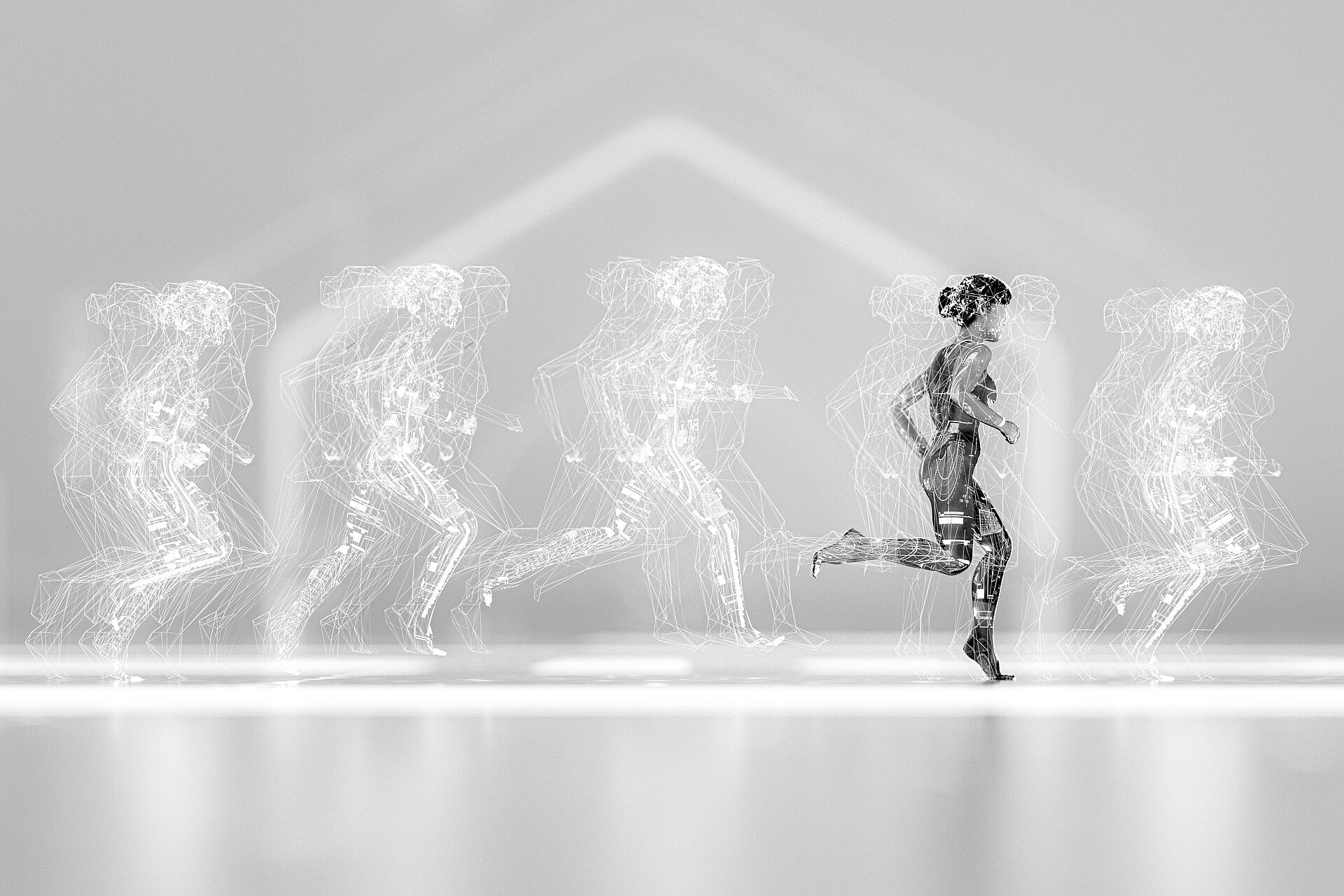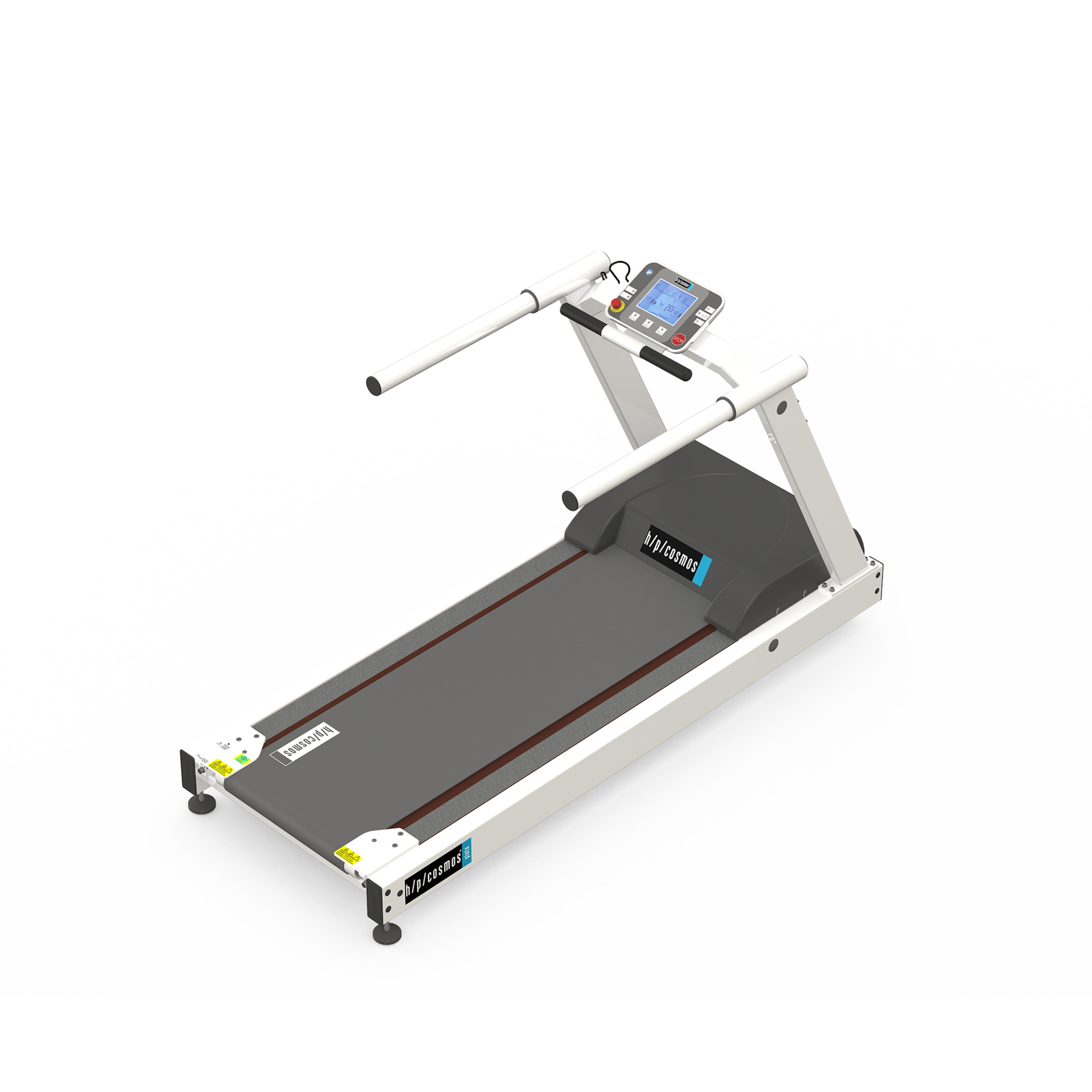Regaining quality of life
After an injury or over the course of an illness, one of patients’ greatest desires is often to be without pain, to be able to speak and not least to be able to walk again and regain mobility, instead of being bound to a wheelchair. The goal is to achieve improved quality of life for orthopaedic patients, stroke survivors, Parkinson’s patients, patients with MS, TBI or cerebral palsy.
Alongside the cardiorespiratory portion of therapy to improve the patient’s health situation in many pathologies, for neurological and orthopaedic patients a special treadmill to correct and improve the gait can be used. A safety system to prevent falls, specially developed handrails and the ability to assess and train the gait give the patient the confidence that they will once again learn to walk naturally.
Neuroplasticity
Just as babies learn to walk through hours of daily practice, so adults and older people can once again gain the ability to walk, say, by activating and training other parts of their brain and nervous system in cases where a region has been damaged by a stroke. This ability is put down to the “neuroplasticity” of the brain. There is scientific proof that the brain is able to change constantly over the course of our life.
Even brain activity associated with particular functions such as walking can be transferred to a different region. However, this demands numerous “trial and error” attempts, meaning lots of repeated steps
Often, the number of monitored steps taken in gait training (with parallel handrails) is between 40 and 60 per session, far below the hundreds of steps per session required for neuroplasticity. And many patients are never trained at all on “normal” treadmills because of safety considerations and the lack of therapeutic staff.





